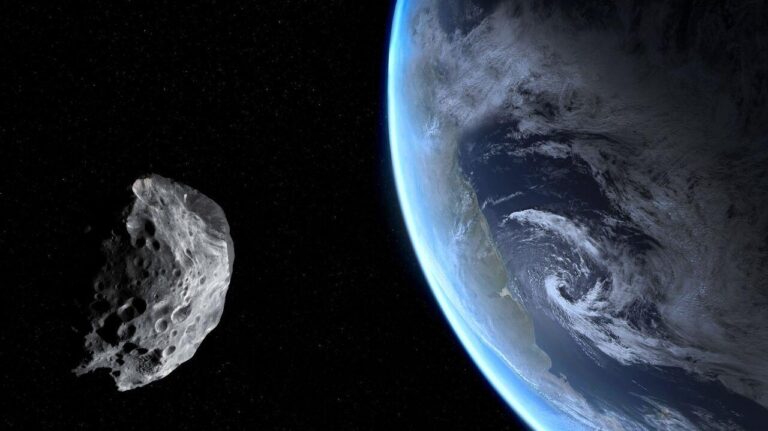Asteroid (887) Alida will be visible in the night sky on Sunday. Although the object is too dark to be seen with the naked eye, you should arm yourself with binoculars – rocks of this size rarely come close to Earth.
According to NASA’s Jet Propulsion Laboratory, asteroid (887) Alida passed just 12.3 million kilometers from Earth on Wednesday. Although the object is slowly receding from us, it is still visible in the sky and the best chance to see it will be on Sunday.
How to observe an asteroid?
According to in-the-sky.org, Alida will be visible in the Northern Hemisphere from sunset until almost dawn. A 9.4 magnitude object will appear against the backdrop of the constellation Goats and will pass from the highest point in the sky around 11:00 p.m. CET. The relatively dim light means that we can’t see the asteroid with the naked eye, but it should be visible with binoculars or a telescope.
– Such an event happens on average once every decade, said astronomer Gianluca Masi from the virtual telescope project in an interview with Forbes.
(887) Alinda was first observed in 1918. The diameter of the space rock is 4.2 kilometers – it is one of the largest objects that are very close to our planet. It’s worth taking the opportunity to look up at the sky on Sunday, because the asteroid won’t fly this close to Earth again until 2087.
LiveScience, Forbes, in-the-sky.org
Image credit: Shutterstock (image credit)

